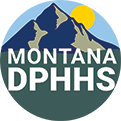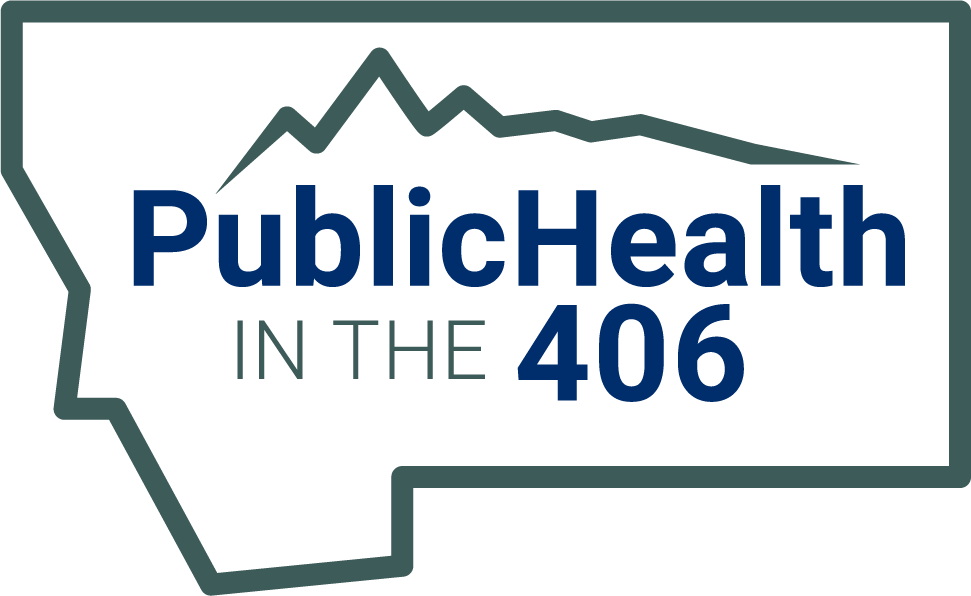Content Notice: This site contains HIV or STD prevention messages that may not be appropriate for all audiences. Since HIV and other STDs are spread primarily through sexual practices or by sharing needles, prevention messages and programs may address these topics. If you are not seeking such information or may be offended by such materials, please exit this website.
PrEP: Pre-Exposure Prophylaxis to Prevent HIV
What is PrEP?
PrEP (also called Truvada or Descovy) is a pill taken every day to prevent HIV infection from sex or injection drug use. PrEP stands for pre-exposure prophylaxis which means preventing HIV before being exposed to the virus.
Does PrEP work?
PrEP is highly effective for preventing HIV.
- PrEP reduces the risk of getting HIV from sex by about 99% when taken as prescribed.
- Although there is less information about how effective PrEP is among people who inject drugs, we do know that PrEP reduces the risk of getting HIV by at least 74% when taken as prescribed.
- PrEP is much less effective when it is not taken as prescribed.
Is PrEP right for me?
PrEP may be right for you if you test negative for HIV, and any of the following apply to you:
You have had anal or vaginal sex in the past 6 months and you
- have a sexual partner with HIV (especially if the partner has an unknown or detectable viral load),
- have not consistently used a condom, or
- have been diagnosed with an STD in the past 6 months.
You inject drugs and you
- have an injection partner with HIV, or
- share needles, syringes, or other equipment to inject drugs (for example cookers).
You have been prescribed PEP (post-exposure prophylaxis) and you
- report continued risk behavior, or
- have used multiple courses of PEP.
If you are a woman and have a partner with HIV and are considering getting pregnant, talk to your doctor about PrEP if you're not already taking it. PrEP may be an option to help protect you and your baby from getting HIV while you try to get pregnant, during pregnancy, or while breastfeeding.
Only you and your health care provider can determine if PrEP is right for you. This makes finding a health care provider who knows about PrEP and who is also someone you feel comfortable talking with a very important part of getting, and staying, on PrEP.
Where do I get PrEP?
Any doctor, nurse practitioner, or physician's assistant can prescribe PrEP. If you want to work with someone besides your regular provider, go to GetTested.cdc.gov to find a clinic near you. Montana's Gay Health Task Force has more information. Find PrEP near you.
How do I take PrEP?
Your provider will first make sure you are HIV negative. You will receive a 90 day supply, then need to come in every three months to check for any side effects. You will be tested for other STIs like syphilis or gonorrhea and continue to be tested for HIV.
How do I pay for PrEP?
If insurance does not cover the costs, you may be able to enroll in the Montana PrEP Assistance Program through one of the participating providers listed below.
More Information
For Consumers
The Department of Public Health and Human Services cannot guarantee the accuracy of a non-state website.
GetTested.cdc.gov - Click on the PrEP tab to find a PrEP provider near you.
PrEp Locator - from HIV.gov
National PrEP Locator - from Emory University with CDC support
For Providers
CDC's Clinical Guidance for PrEP
National Clinician's Consultation Center (UCSF)
Providers Affiliated with the Montana State PrEP Assistance Program
This program is open to all clinics with licensed prescribers within the State of Montana. If you would like your clinic to be part of this program, contact 406 444-3565.
| Community | Facility Name | Address | Main Phone Number |
|---|---|---|---|
| 1. Billings | Planned Parenthood - West | 1844 Broadwater #4 Billings, MT 59102 |
(406) 656-9980 |
| 2. Billings | Planned Parenthood - Heights | 100 W Wicks Ln Billings, MT 59105 |
(406) 869-5040 |
| 3. Bozeman | Bridger Care | 1288 N 14th Ave Bozeman, MT 59715 |
(406) 587-0681 |
| 4. Butte | Butte-Silver Bow Family Planning | 25 W Front Butte, MT 59701 |
(406) 497-5020 |
| 5. Great Falls | Planned Parenthood - Great Falls | 211 9th Street South Great Falls, MT 59405 |
(406) 454-3431 |
| 6. Havre | Bullhook Community Health Center | 521 4th Street Havre, MT 59501 |
(406) 395-4305 |
| 7. Helena | Planned Parenthood - Helena | 1500 Cannon Helena, MT 59601 |
(406) 443-7676 |
| 8. Helena | PureView Health Center | 1930 9th Ave Helena MT 59601 |
(406) 457-0000 Contact: Marina Kuntz |
| 9. Kalispell | Flathead Family Planning | 1035 1st Ave West - 3rd Floor Kalispell, MT 59901 |
406-751-8150 Contact: Shawna Himsl |
| 10. Missoula | Partnership Health Center | 401 Railroad St. W Missoula, MT 59802 |
(406) 258-4789 |
| 11. Missoula | Planned Parenthood - Missoula | 219 East Main Street Missoula, MT 59802 |
(406) 728-5490 |
| 12. Polson | Providence St Joseph Medical Center | Six 13th Avenue East Polson, MT 59860 |
(406) 883-7496 Contact: Michael Watkins, Pharmacy |
Get Tested Here
Contact information
Cogswell Building
Room C-211
1400 Broadway
Helena, MT 59620
(406) 444-3565




